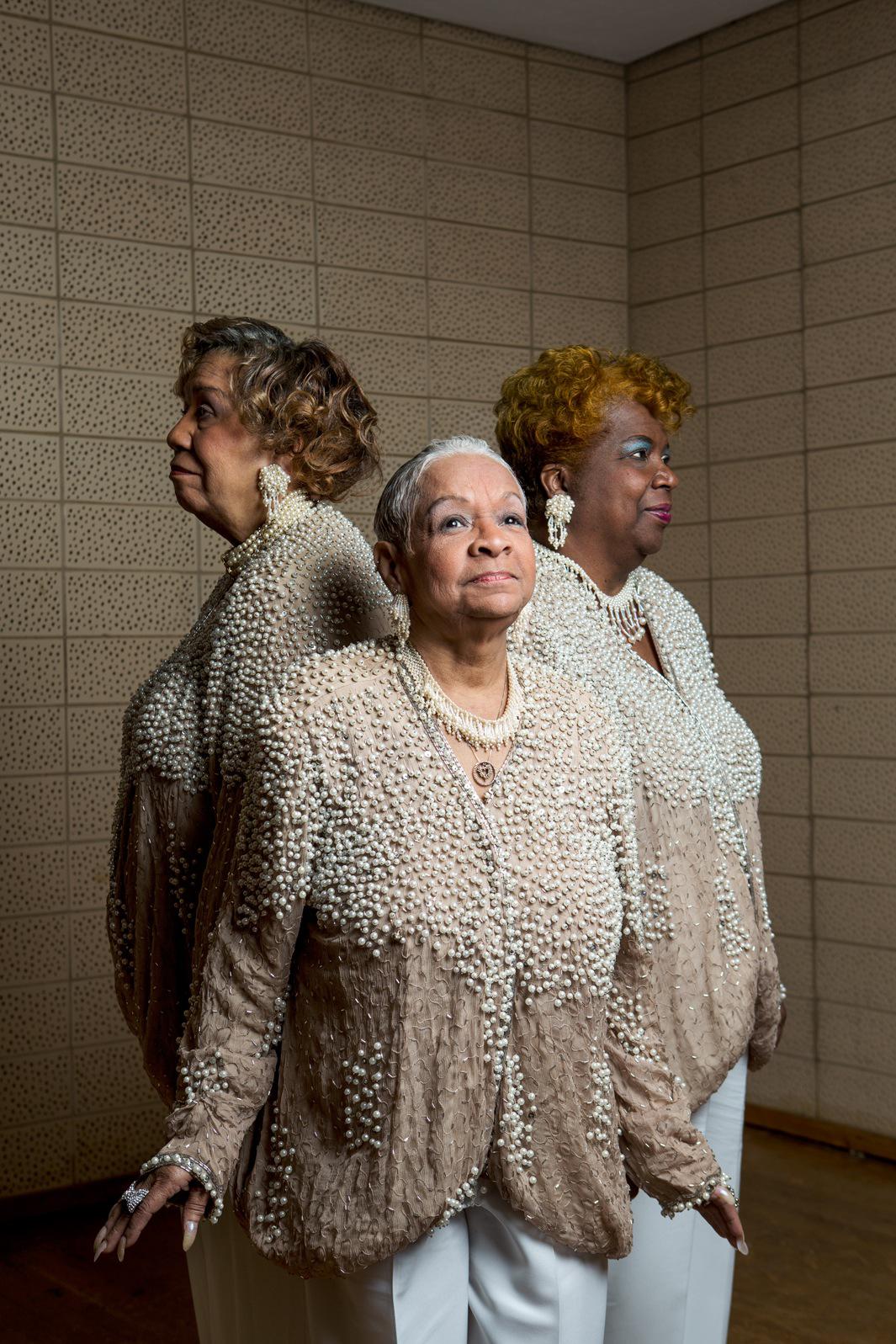Soul and funk music thrived in the 1960s and ’70s, and while other cities may be more widely recognized for their contributions to the genres, Washington produced some of the greatest musicians of the day. Photographer Eli Meir Kaplan began listening to many of them as a teenager in Teaneck, New Jersey, and when he moved to Washington as an adult, he was curious to find out what happened to the musicians he enjoyed so much while growing up. Since 2011, he’s been photographing and interviewing some of his favorites, along with new musicians he’s met along the way, for his series and blog, “Soul51.” “D.C. is often thought about as just a government city,” Kaplan said. “I want people to be aware of this chapter of music that came from D.C.”
Kaplan found a number of musicians through Kevin Coombe’s website, DC Soul Recordings, and the Facebook group DC Funk and Harmony. “Each time I interviewed someone I’d ask for more recommendations,” Kaplan said. “It was like a puzzle. Everything connected, and everyone opened up a new section of music that I didn’t know about.”
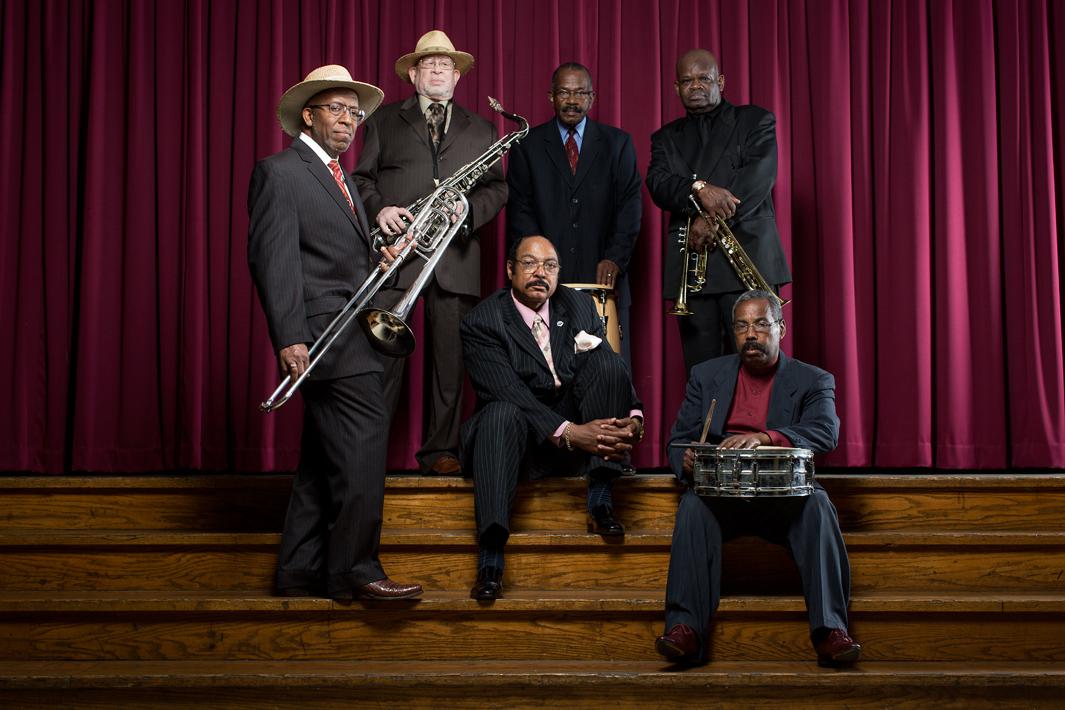
Eli Meir Kaplan

Eli Meir Kaplan
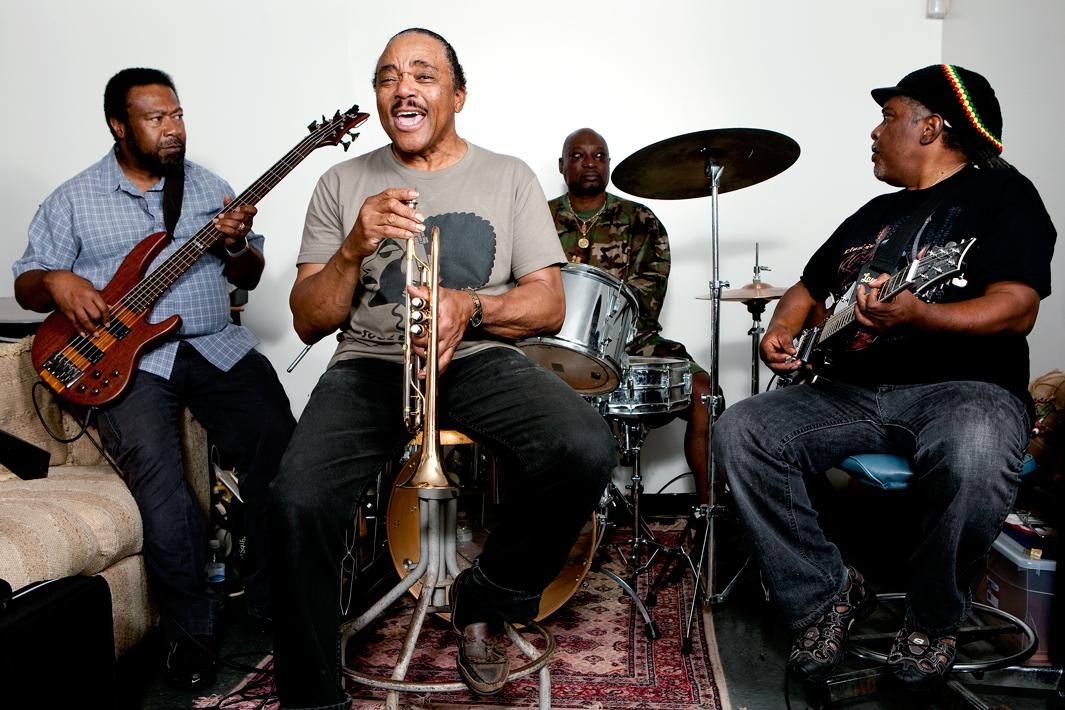
Eli Meir Kaplan
While Kaplan hasn’t been able to enlist a couple of key big names he’s had his eye on for his project, he said the musicians he contacted were generally interested in participating. “A lot of people have a lot of nostalgia for the time when there was basically music just playing all over the place. For most of the people I photographed, it was really a high point in their lives. I think that’s why they like doing this project, because it brings them back to that period in time,” Kaplan said.
It took some experimentation before Kaplan figured out the best way to arrange the portraits. Eventually, he started asking his subjects to wear the clothes they would wear for performance and to pick a location for the shoot with personal or historical significance, which is how Kaplan ended up shooting at the Panorama Room, a venue known for go-go music. He photographed some of the musicians at their former high schools or colleges, occasionally in the very room where they first started playing together.
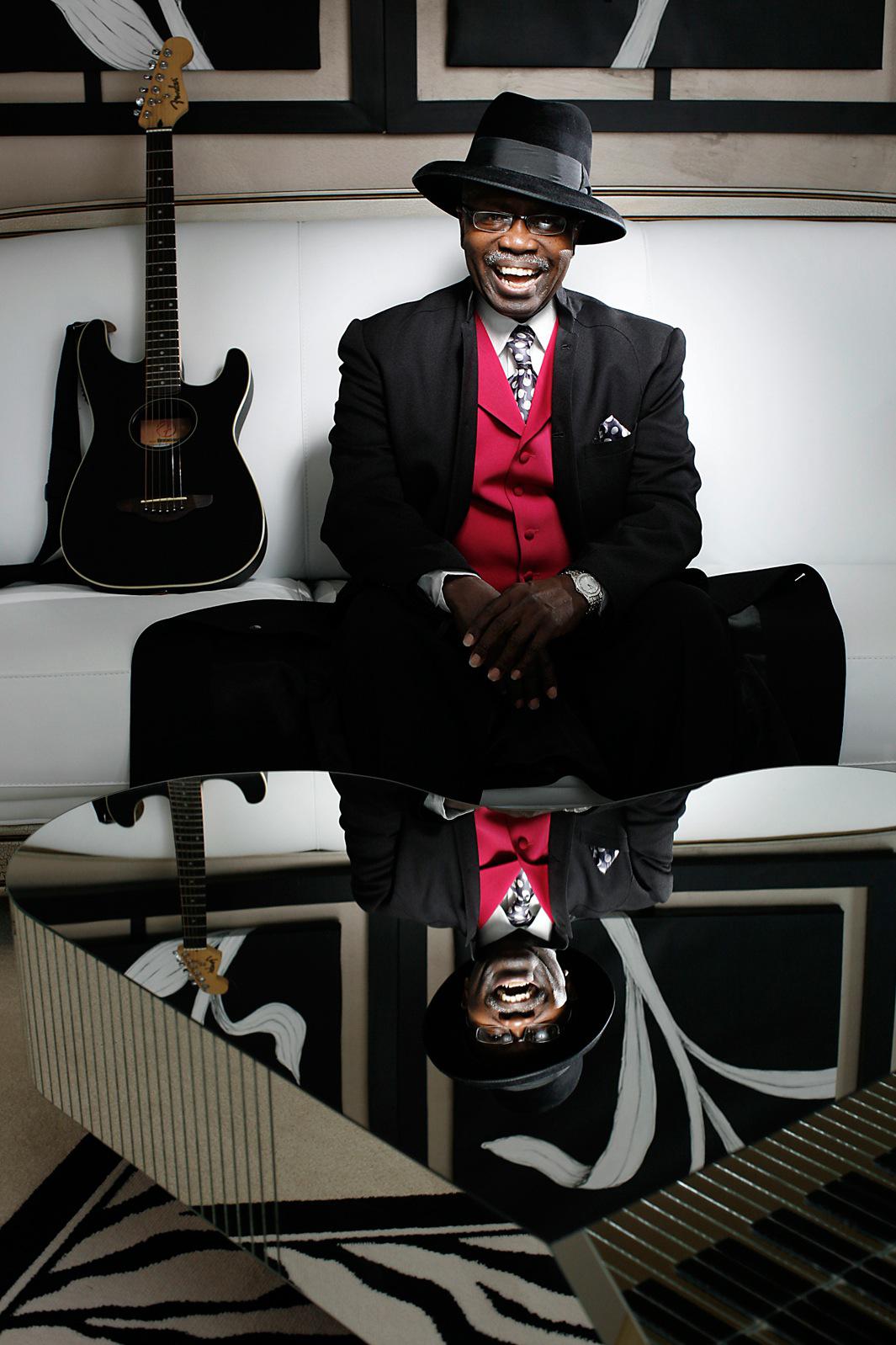
Eli Meir Kaplan

Eli Meir Kaplan

Eli Meir Kaplan
Many of the great soul and funk venues in Washington have disappeared or have transitioned into venues for other types of music. A few of the artists pictured in “Soul51” are no longer active musicians. Others, however, have kept it up and still perform exactly the way they did back in the ’60s and ’70s. “There are still a lot of groups around in D.C. that will perform, certainly not as often as they used to, but they still will have performances,” Kaplan said. “If people knew about it, they might be pretty excited to find out they’re still performing.”
Kaplan’s ultimate goal is to photograph 51 artists for his project. He said the aim is to preserve the history of the music as much as it is to celebrate it. “Often I’ll hear that people died and I didn’t even know about them before,” he said. “That’s another reason why there’s an urgency to photograph them and work on this project.”
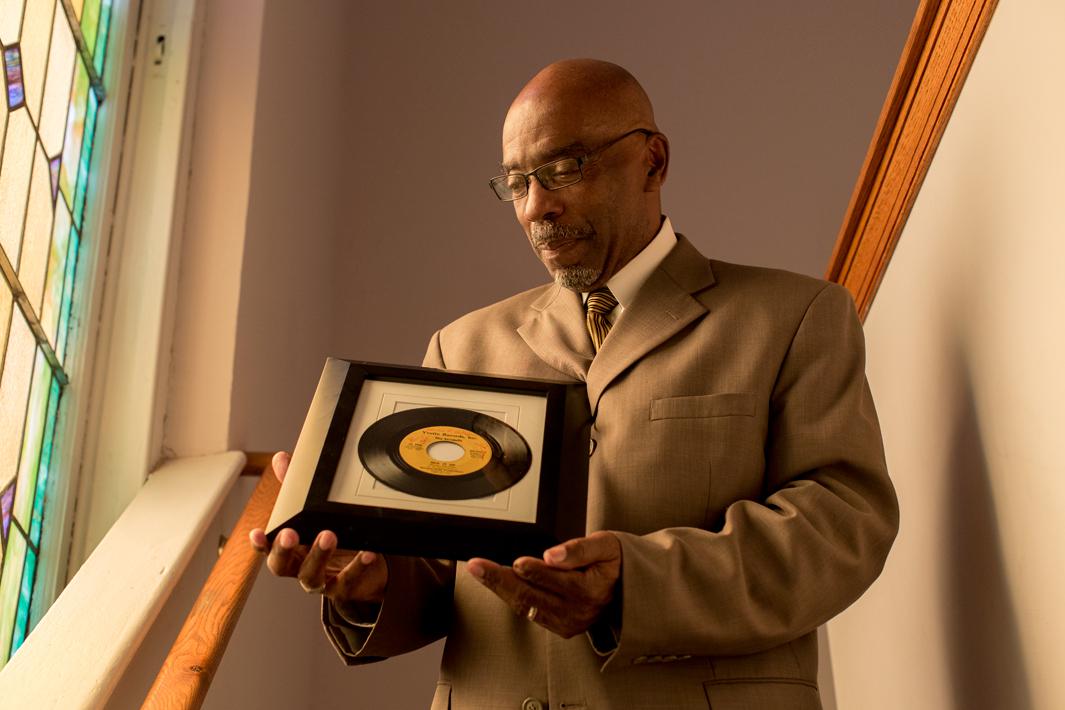
Eli Meir Kaplan

Eli Meir Kaplan
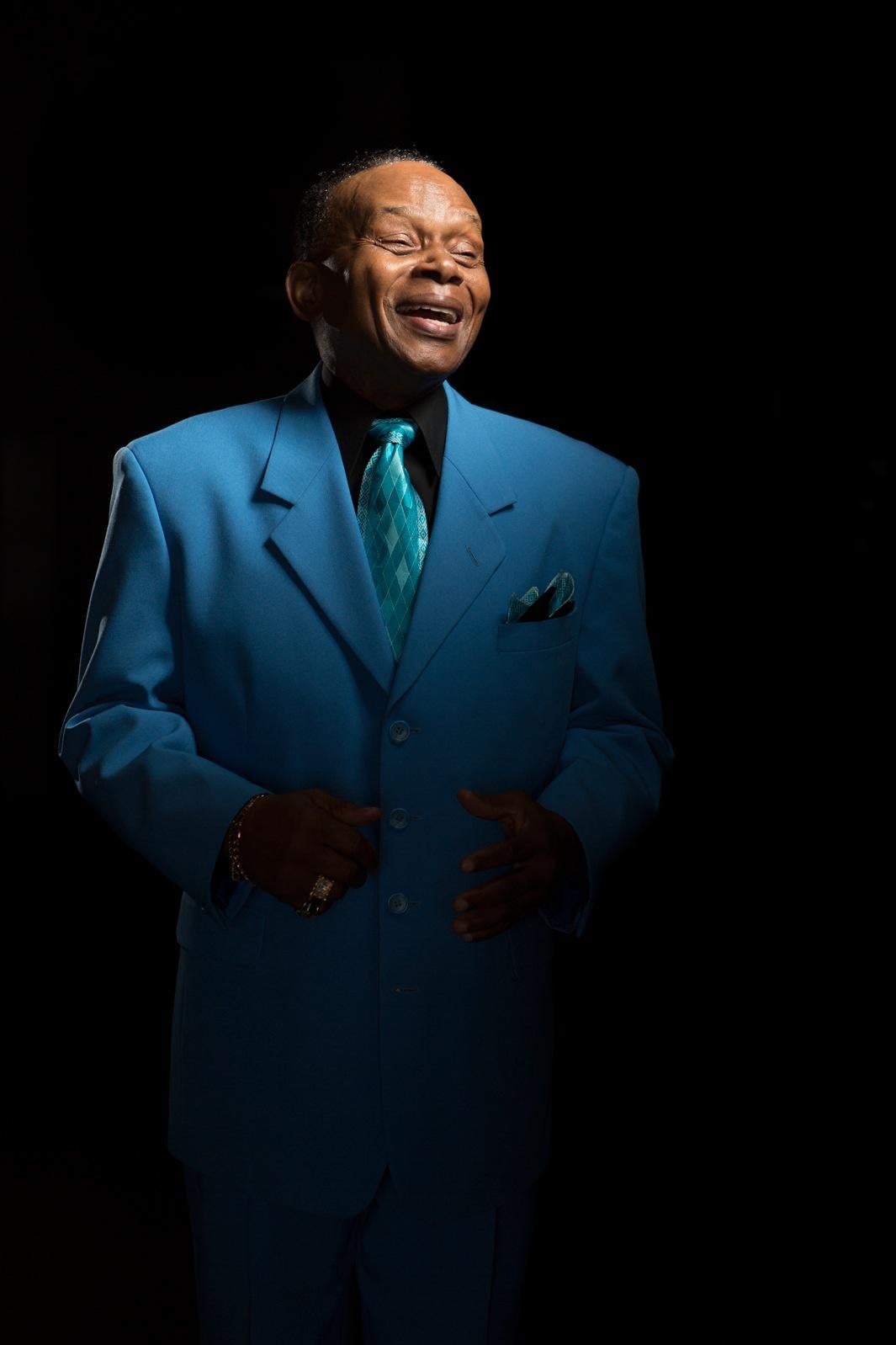
Eli Meir Kaplan

Eli Meir Kaplan
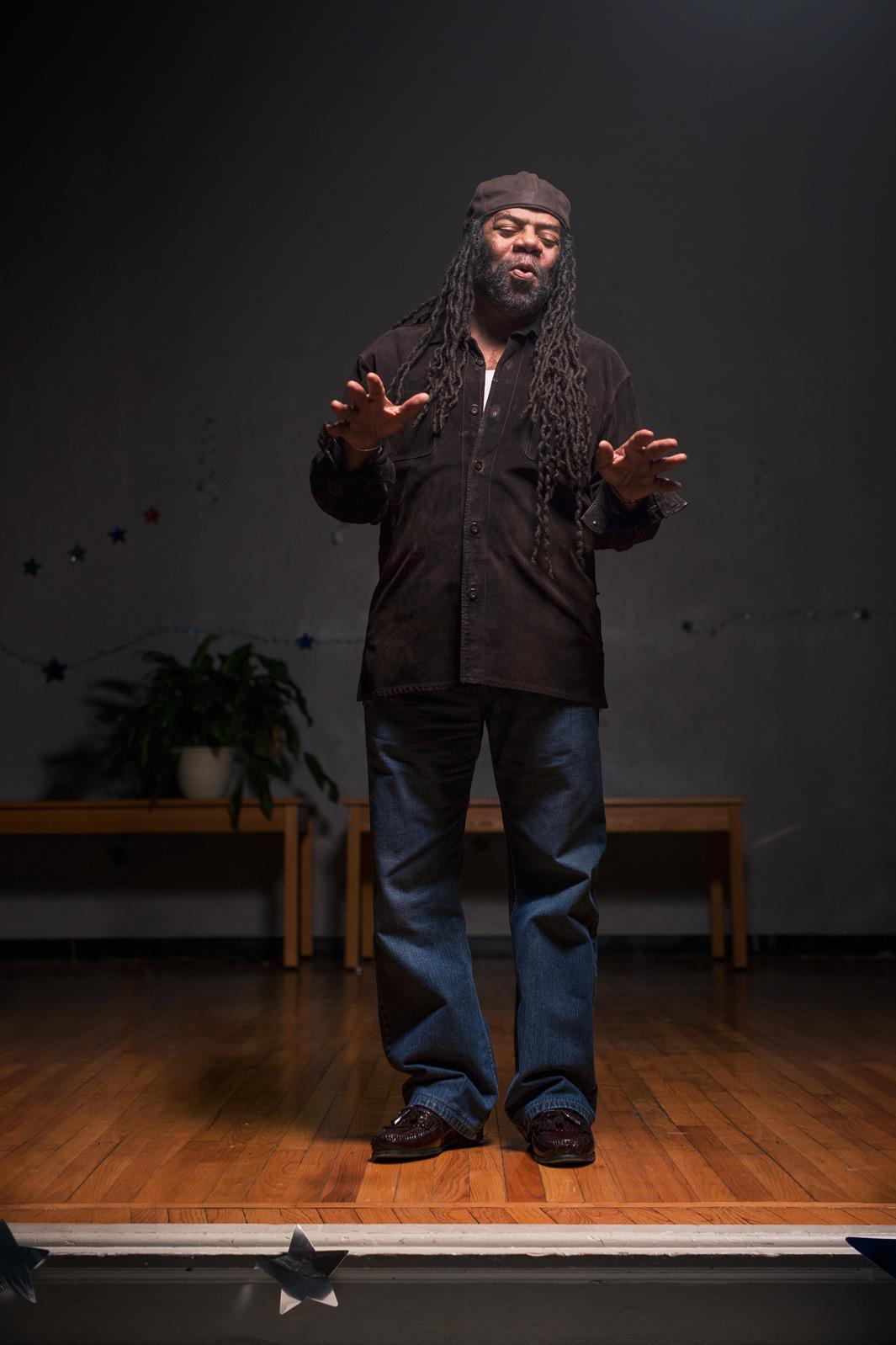
Eli Meir Kaplan
